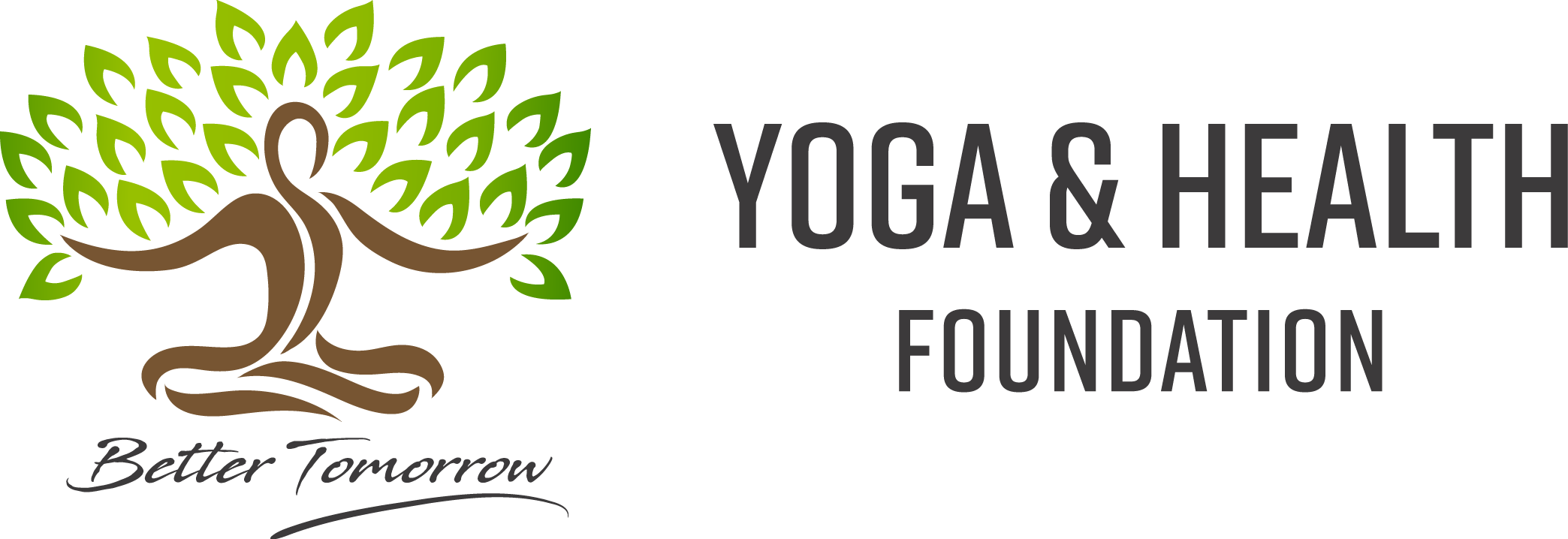I’m a person that’s all about productivity, living life to it’s fullest and I’m willing to do anything to optimize human functioning. That’s one of the reasons I meditate. Sitting and doing nothing you say? That doesn’t sound like a good use of time when you live a super busy lifestyle! Allow me to explain.
Some of you may have heard of Tim Ferris, author of Four Hour Work Week and other works. His most recent book titled Tools of Titans is 673-page encyclopedia into the lives of today’s most influential and impactful entrepreneurs, or what he calls “world class performers”. Some of the most notable (for me) include Malcom Gladwell, Tara Brach, Wim Hof, Paulo Coelho, and Brene Brown, His book can also be described as a compilation of the numerous interviews he’s conducted over the years on his podcast, The Tim Ferris Show. He found that over 80% of these idols/icons/titans/billionaires practice some form of meditation in their daily routine.
Meditation, you think to yourself, might as well be synonymous with the word fluff. Let’s make it a little more concrete and research-based.
There are many different kinds of meditation. Meditation can vary according to the way meditation is done (eg: independently versus with a group or teacher, passively or guided), and the phenomena to which mental activity is being directed (eg: thoughts, imagery, sensations, emotions). Depending on these variances, there can be some differences in the cognitive mechanisms that become activated.
The science of meditation has mainly focused on two types of meditation: ‘Focused Attention’ Meditation and Open Monitoring’ (OM) Meditation.
FA Meditation are the meditations, where you are given a mantra by a guru and you chant it repeatedly to yourself until you achieve mental stillness or enlightenment. To fall under the category of FA meditation, one can meditate on an object, the breath or a symbol. The practice involves returning the attention back to specified object when the mind wanders.
OM Meditation is the meditation practice in which one practices non-judgemental monitoring of cognitive and emotional events, creating a detached awareness of mental activity. This detached awareness of mental activity has been called ‘mindfulness’. OM meditation has often been called mindfulness meditation.
So, FA meditation is more attention regulation oriented and OM meditation is more oriented towards fostering metacognition or mindfulness. Both FA and OM meditation fall into the “attentional meditations category” as described in Dhal et al. (2015). Both FA and OM Meditation promote well-being through training our capacity to initiate, direct and sustain attention while strengthening the capacity to be aware of thinking, feeling and perceiving. Indeed, many practices use a combination of FA and OM interventions.
So how does meditation, whether it’s FA or OM, promote well-being? The average person gets anxious or overwhelmed from time to time. Some of us may have even been diagnosed with an anxiety disorder. Getting carried away by your thoughts might look like this: maybe you see an itchy red bump on your arm, you begin to wonder what it might be from, then you recall that you recently saw a sign in your doctor’s office last week about how 1 in 3 people will develop shingles, then you start to wonder if it’s possible that you might be developing shingles, it is something that could happen, as it did to a friend of yours… etc. etc. etc. Meditation teaches you to observe mental activity and the physical world without buying into the thought and catastrophizing or making a mountain out of a molehill. Let’s look at the research again to see how meditation helps with situations such as the one described.
Researchers have found that the brain structure actually changes in response to attentional meditation practice, and has been applied successfully in individuals with traumatic brain injury or concussion and in the geriatric population! Meditators have been observed to have increased activity in the dorsal anterior cingulate cortex, which is related to self-regulation of emotions, attention to thoughts and information for decision-making and bodily action), the insula (the structure linked to body awareness), the dorsolateral prefrontal cortex (linked to introspection and metacognition skills), and the default mode network (which becomes activated when subjects believe they are undisturbed and the demands to process environmental information is lowered). The default mode network is associated with less mind-wandering and reduced ‘chain-of-thoughts’ in long-term meditators (Brewer et al., 2011; Kang et al., 2013). In addition, meditators also see reduced activity in the amygdala (the emotion centre of the brain) (Taylor et al., 2011).
In layperson terms, meditation activates areas in the prefrontal and frontal areas to recruit more cognitive, emotional and attentional control and self-awareness. With more insular activation, you gain more bodily awareness. Since emotions often have a bodily sensation associated with it, with insular activation, you are aware of when an emotion is arising sooner. With practice, you gain less mind wandering (attentional control) and more non-reactive, non-judgemental awareness of thoughts (metacognition, otherwise known as mindfulness), and as a result you are more focused, more effective, more present and less emotionally volatile. You will be much less likely to fall into long, drawn-out rabbit-holes of negative thinking.
You can see how mindfulness is an important skill to develop and have if we want to be able to get through work, school, and life in the most stress-free and productive manner. Tim Ferris finds that consistent meditation has resulted in him achieving 30 to 50% more work with 50% less stress. Personally, I find that I get frustrated less often and with less intensity and this is with me only practicing ‘when I feel like it’. ‘When I feel like it’ might be as little as 10-minutes a day, a few times a week.
Stay tuned for the next article: How to Begin to Meditate.


